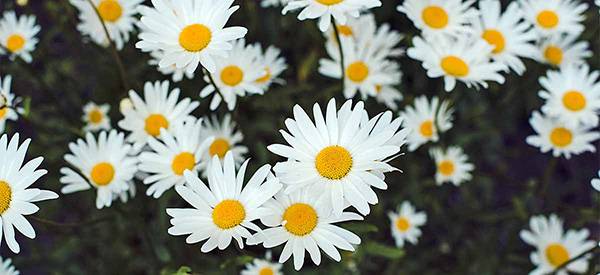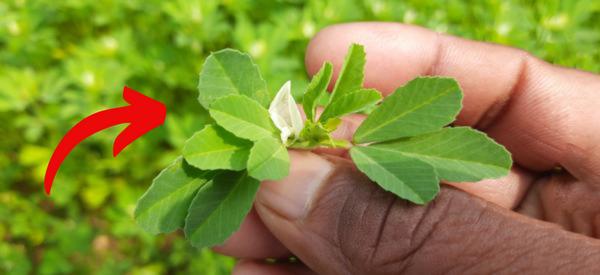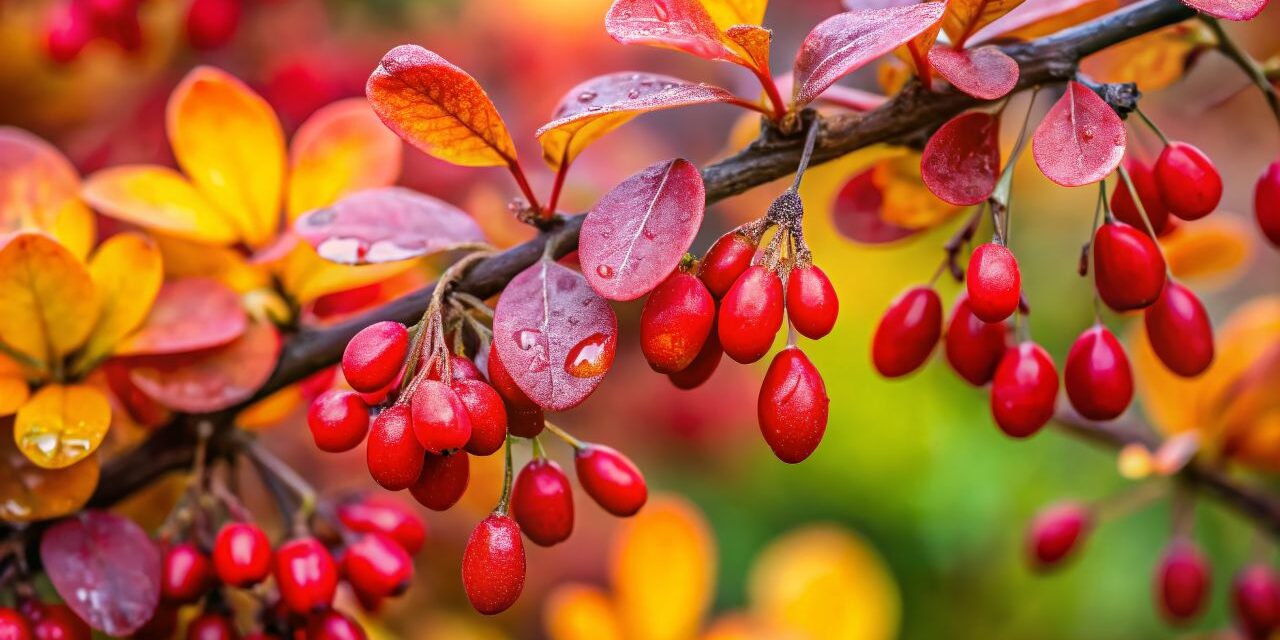
Barberry
Barberry, known scientifically as Berberis vulgaris, has long held a place in traditional herbal medicine across Europe, Asia, and North Africa. This resilient shrub is more than just a spiky hedge plant—it’s a potent healer packed with a bioactive compound called berberine, used for centuries to treat everything from digestive issues to infections. But before you rush to forage your own, there’s much to understand about this sometimes-misunderstood plant.
What Are Barberries?
Barberries are small, elongated, red berries that grow on thorny bushes in the Berberis genus. They have a sharp, sour taste with a hint of sweetness, often likened to an intense cranberry or a tart pomegranate seed. These berries have been traditionally dried and used in Middle Eastern cooking, particularly in Persian rice dishes like Zereshk Polo.
Barberries are rich in vitamin C and antioxidants, making them not only flavorful but also nutritious. The berry’s astringency helps stimulate digestion and reduce inflammation in the gut lining. Many traditional cultures even used dried barberries as a remedy for diarrhea and fever.
The real medicinal powerhouse, however, lies not just in the fruit but in the bark and root of the plant. These contain berberine, a bright yellow alkaloid compound with powerful antimicrobial and anti-inflammatory properties. In fact, barberry bark and root can contain anywhere from 3% to 7% berberine by weight, depending on the season and soil quality. This high concentration of berberine is what makes barberry so valuable in herbal medicine.
 Health Benefits of Barberry
Health Benefits of Barberry
Barberry has been used traditionally to:
- Support liver and gallbladder function
- Aid digestion and reduce gut inflammation
- Fight bacterial, viral, and fungal infections
- Regulate blood sugar and cholesterol
Research continues to explore berberine’s role in metabolic health, and early findings suggest it may rival pharmaceutical interventions for type 2 diabetes. It’s known to help reduce insulin resistance and improve lipid profiles, making it a valuable ally in managing modern lifestyle-related diseases.
Additionally, barberry’s antimicrobial properties make it useful in natural skin care for treating acne, wounds, and other minor skin infections. Topical applications using barberry extracts have shown promise in reducing redness and speeding up recovery. It’s no wonder barberry was a go-to in many traditional apothecaries.
Why You Should Forage Barberry (And With Caution)
If you’re looking to build a more self-reliant herbal medicine cabinet, Barberry is worth your time. It’s relatively easy to identify and grows in diverse climates. However, there are two key cautions:
- Legal Restrictions: In some U.S. states, certain species of Barberry (especially Japanese Barberry, Berberis thunbergii) are illegal to sell or plant due to their invasiveness and their role in spreading black stem rust, a disease harmful to wheat crops. Always check your local laws before harvesting or growing Barberry.
- Similar Plants: Barberry can be confused with Oregon Grape (Mahonia aquifolium), which also contains berberine but differs in leaf shape and berry arrangement.
Foraging barberry is not just about health—it’s about reconnecting with the landscape around you. In a world driven by convenience and packaged pills, harvesting your own medicine invites a slower, more intentional rhythm. But do so respectfully. Barberry has a role to play in the ecosystem, providing food for birds and shelter for small animals.
| Feature | Barberry (Berberis vulgaris) | Oregon Grape (Mahonia aquifolium) |
|---|---|---|
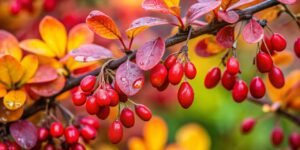 | 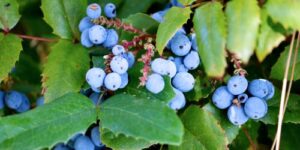 | |
| Leaf | Oval, finely toothed, in clusters | Holly-like, spiny margins |
| Berry Color | Bright red | Deep blue/purple |
| Growth Habit | Arching branches, dense thorns | Upright, less thorny |
| Flowers | Yellow clusters in spring | Yellow, but more tightly clustered |
How to Identify Barberry
Look for these key identifiers:
- Height: 3 to 10 feet tall
- Thorns: Sharp, triple-branched spines along the stems
- Leaves: Small, oval-shaped, slightly serrated edges
- Flowers: Yellow, blooming in late spring
- Berries: Bright red, maturing in late summer or early fall
- Inner Bark: Yellow due to high berberine content
The color of the inner bark is one of the best identifiers when you want to harvest for medicinal use.
Barberry tends to grow in hedgerows, forest edges, and abandoned fields, often thriving in places where other plants struggle. The branches form dense thickets, which makes for excellent natural fencing but a bit of a challenge when foraging. Always wear gloves and long sleeves.
When and How to Forage Barberry
- Berries: Harvest in late summer through early fall, when they are plump and fully red.
- Bark and Root: Best harvested in early spring or late fall, when alkaloid concentrations are highest.
How to Harvest the Bark and Root: Use a sharp knife to peel small portions of bark from older stems or roots. Always forage sustainably—never take more than 10% from a single plant, and avoid girdling the stem.
When drying the berries, spread them out on a mesh screen in a well-ventilated area out of direct sunlight. For the bark and roots, dry them in small chunks to maintain potency. Once dried, store in airtight containers in a cool, dark place.
 When to Prune Barberry / When to Trim Barberry Bushes
When to Prune Barberry / When to Trim Barberry Bushes
Pruning and trimming are essential if you’re growing barberry in your garden, both for plant health and for medicinal purposes:
- Best time to prune: Late winter to early spring, before new growth begins. This encourages fresh, vigorous branches.
- Best time to trim for shape: Mid-summer, after flowering.
- How to trim barberry shrubs: Wear thick gloves, and use sharp pruning shears to cut back up to one-third of the plant. Remove dead wood and inward-growing branches to allow airflow.
Regular pruning not only enhances the shape and health of the shrub but also stimulates the plant to produce more medicinal bark and roots. If harvesting is part of your goal, it’s wise to integrate trimming into your annual routine.
Additionally, managing your barberry plants through seasonal trimming can prevent overgrowth and reduce the risk of tick infestations, which sometimes shelter in dense barberry thickets. This makes trimming a practical safety measure as well.
What Do Barberries Taste Like?
Raw barberries are intensely sour with a mild sweetness, often too tart to enjoy by the handful. When dried, they mellow slightly and become a bright, fruity accent to dishes. They’re especially valued for their ability to stimulate digestion.
You can use dried barberries in teas, tinctures, or as culinary accents in rice, stews, and sauces. Their flavor pairs well with lemon, cinnamon, and even savory herbs like thyme. Just a few dried berries can completely transform a dish, adding both zing and a dose of wellness.
In traditional Persian cuisine, barberries are often cooked with a bit of sugar and saffron, creating a vibrant contrast of tart and sweet. If you’re exploring herbal cooking, barberries offer an easy gateway to medicinal meals.
Final Thoughts
Barberry is a powerful yet humble plant, offering both culinary delight and deep healing potential. From its tart berries to its berberine-rich bark, every part of this ancient shrub holds value. But like any wild plant, it deserves respect: foraged mindfully, used knowledgeably, and never underestimated.
In a world increasingly disconnected from nature’s pharmacy, plants like barberry are reminders of what we’ve forgotten—and what we can still reclaim. Their quiet presence in hedgerows and forest edges invites us back into relationship with the earth.
If you’re looking to deepen your understanding of plant medicine beyond what the internet offers, I highly recommend exploring The Forgotten Home Apothecary.
This beautifully written and richly illustrated book is more than just a guide—it’s an invitation to rediscover the healing power of forgotten herbs. With practical recipes, plant identification tips, and a strong focus on creating your own natural remedies at home, it’s a must-have for anyone serious about reclaiming traditional herbal wisdom.
Whether you’re just beginning your journey with plants like barberry or you’re an experienced forager, The Forgotten Home Apothecary will ground you, guide you, and inspire you to bring the old ways back into your daily life. Your kitchen can be your medicine chest again—this book shows you how.
How Not To Poison Yourself With Apple Cider Vinegar Used WRONG (Video)






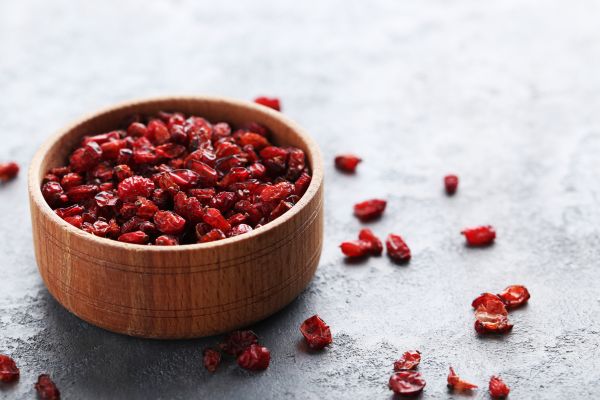 Health Benefits of Barberry
Health Benefits of Barberry When to Prune Barberry / When to Trim Barberry Bushes
When to Prune Barberry / When to Trim Barberry Bushes
